Adipose-Derived Stem Cells (ASCs): Clinical Applications, Biological Characteristics and Therapeutic Potential in Regenerative Medicine
Adipose-derived stem cells (ASCs) exist in adipose tissue and can differentiate into different embryonic layer cells and tissues in specific inductive conditions. The amount of ASCs in adipose tissue is much higher than that of bone marrow-derived stem cells. The adipose tissue is abundant in the subcutaneous tissue and easy to obtain. So, ASCs are considered a rich source of adult stem cells. In addition, ASCs do not express the major histocompatibility complex, Class II, suggesting that ASCs not only are suitable for autologous transplantation, but also have potential in allogeneic transplantation. Due to the rich origins, multilineage differentiation potential and immune tolerance, ASCs have been playing a significant role in the development and application of tissue engineering in recent years. In this book, the authors focus on the biological characteristics, clinical applications and therapeutic potential in regenerative medicine of ASCs, including: (1) The culturing methods, markers, secreted cytokines and multi-lineage differentiation potential of ASCs; (2) the current knowledge related to the effects of biophysical stimuli, especially the substrate stiffness and topography, on the differentiation of stem cells and their potential mechanisms; (3) the nanostructures and nanoparticles’ applications on ASCs, as well as their dominating roles in regulating the proliferation, adhesion, migration, and differentiation of ASCs; (4) the process of ASC osteogenic differentiation, such as the methods of induction and verification, related genes, and signaling pathways; and (5) the therapeutic potential and clinical applications of ASCs in the cardiovascular system, wound healing, anti-aging, and plastic surgery.The authors sincerely hope that this book will add further insight into basic and applied researchers as well as clinicians involved in regenerative medicine, thus contributing to further advances in the regenerative medicine of ASCs.
{{comment.content}}
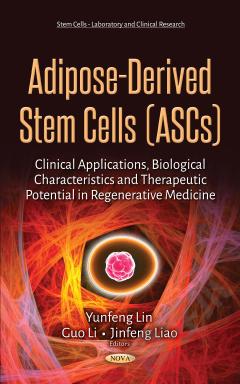
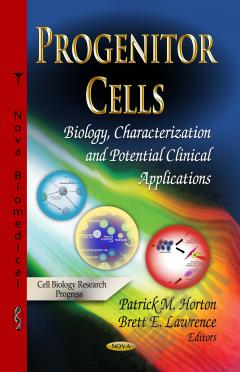
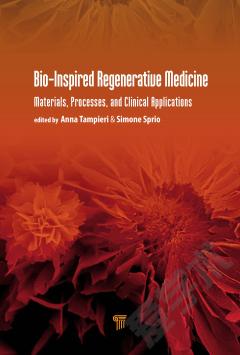

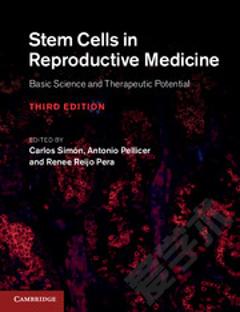

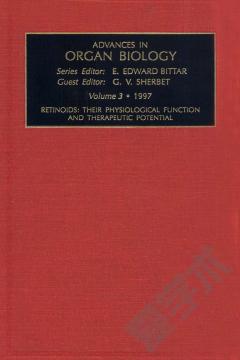

 京公网安备 11010802027623号
京公网安备 11010802027623号